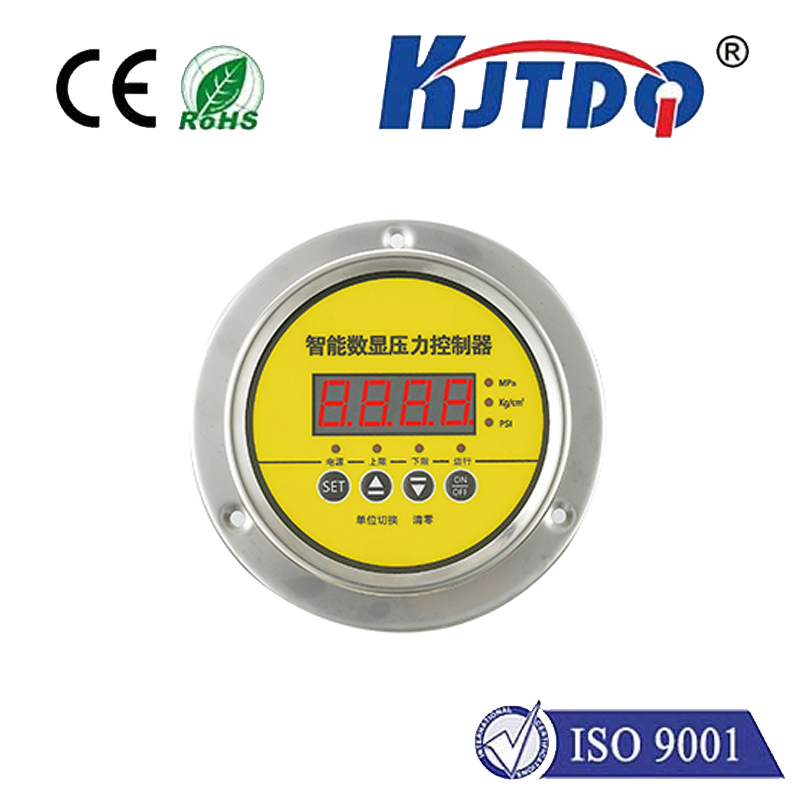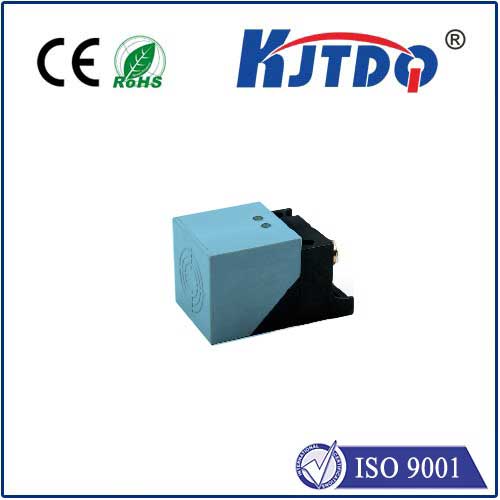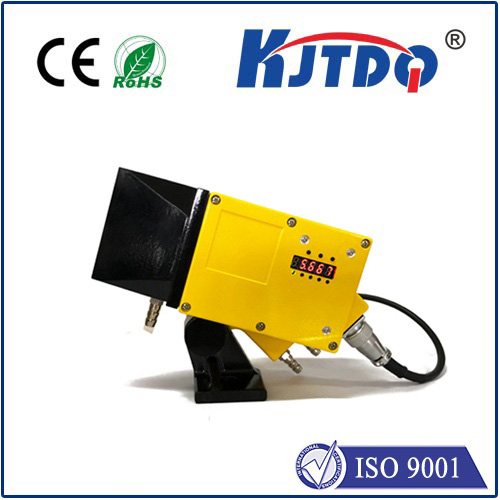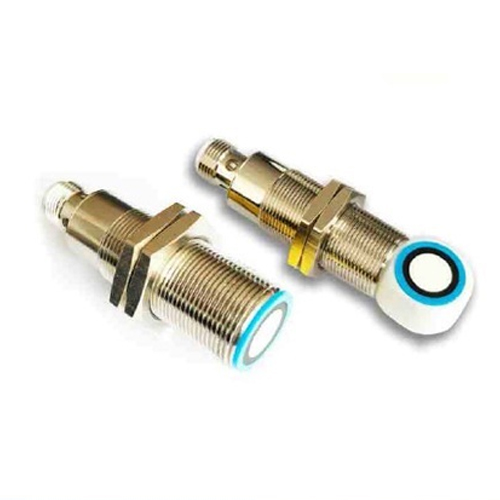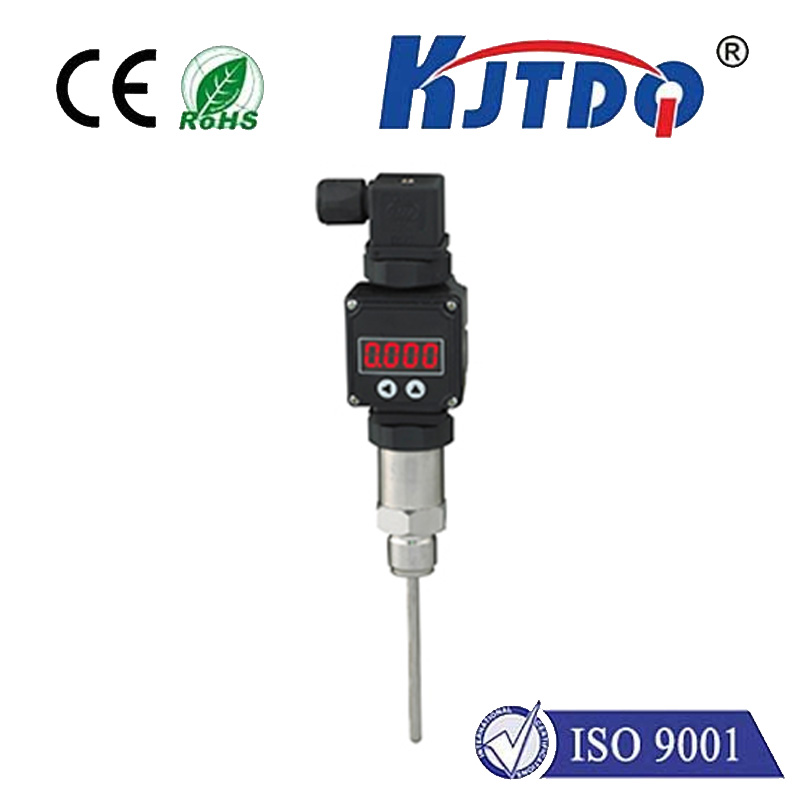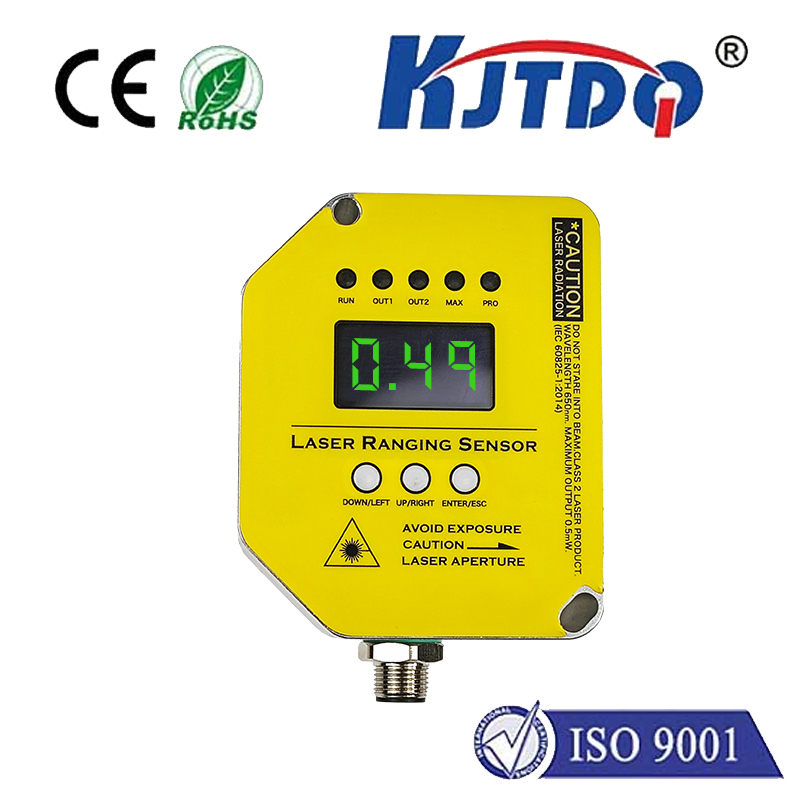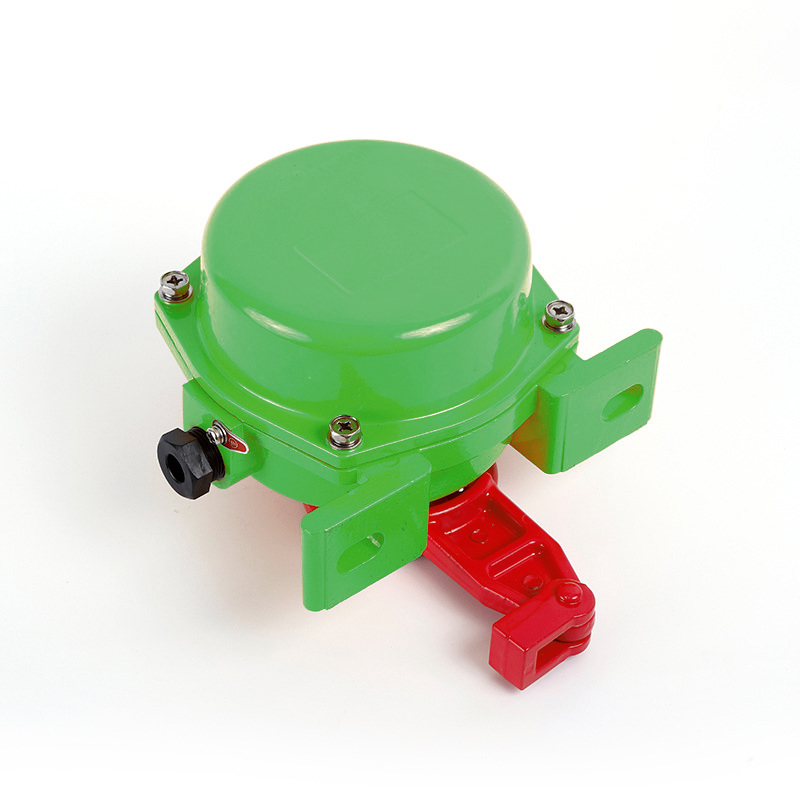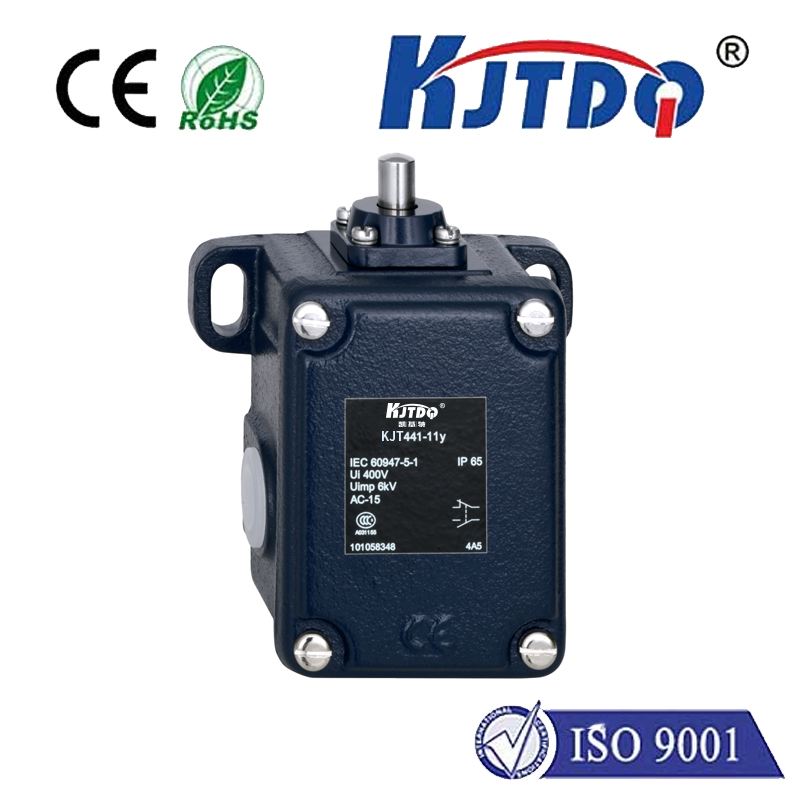photoelectric sensor ip67
- time:2025-09-11 00:00:08
- Нажмите:0
IP67 Photoelectric Sensors: Unlocking Reliable Detection in Demanding Environments
Imagine a critical production line grinding to a halt because dust infiltrated a sensor. Picture a vital outdoor application failing during a downpour due to water damage. For countless industrial automation, packaging, material handling, and even outdoor applications, standard sensors simply aren’t tough enough. This is where the rugged reliability of IP67 photoelectric sensors becomes indispensable. Designed to thrive where others falter, these robust detectors combine the precision of photoelectric sensing with exceptional environmental protection, ensuring consistent, trouble-free operation even under duress.
Understanding the IP67 Shield: What Does it Mean?
The term “IP67” isn’t just a marketing buzzword; it’s a globally recognized standard defined by the IEC (International Electrotechnical Commission) that clearly outlines a device’s level of protection against foreign objects (like dust and dirt) and moisture (water). Understanding this rating is crucial for selecting the right sensor for the job.
- The First Digit (6): Solids Protection: The ‘6’ signifies the highest level of protection against solid ingress. An IP67 sensor is completely dust-tight. No dust particles, no matter how fine, can penetrate the sensor’s housing under defined test conditions. This is vital for environments like flour mills, cement plants, woodworking facilities, or any area prone to significant airborne particulate matter where preventing internal contamination and false triggers is paramount.
- The Second Digit (7): Liquids Protection: The ‘7’ indicates protection against the effects of temporary immersion in water. Specifically, an IP67 photoelectric sensor can withstand immersion in up to 1 meter (approximately 3.3 feet) of water for 30 minutes without sustaining harmful ingress. This makes it resistant not just to splashing or spraying, but also to accidental submersion, exposure to washdown procedures using high-pressure jets (common in food & beverage or pharmaceutical settings), and heavy rain or flooding in outdoor applications. Its sealed construction prevents water damage to sensitive internal electronics.
Why Combine Photoelectric Sensing with IP67?
Photoelectric sensors are renowned for their versatility, non-contact operation, long sensing ranges, and ability to detect a vast array of objects – from transparent glass bottles to opaque boxes, liquids, and even differences in surface colors. They work by emitting a light beam (visible red, infrared, or laser) and detecting changes in the received light intensity caused by the presence (or absence) of a target object.

However, their optical components and internal electronics are vulnerable to environmental hazards:
- Dust/Dirt: Accumulation on lenses or inside the housing can scatter or block the light beam, causing false readings or complete failure.
- Water/Moisture: Ingress can short-circuit electronics, fog up lenses, cause corrosion, and lead to erratic behavior or permanent damage.
- Chemical Exposure: Harsh cleaning agents, oils, or coolants can degrade standard housings and seals.
Integrating IP67 protection with photoelectric technology effectively creates a sensor that retains all the detection advantages while shrugging off environmental challenges. The hermetically sealed enclosure safeguards the intricate optics and circuitry within.
Key Applications Where IP67 Photoelectric Sensors Shine
The robustness of these sensors makes them ideal for a multitude of demanding scenarios:
- Food & Beverage Processing & Packaging: Subjected to frequent, rigorous washdowns with high-pressure hosing and harsh cleaning chemicals. IP67 sensors prevent water ingress and bacterial harborage points, ensuring hygiene and continuous operation. They detect bottles, cans, caps, cartons on wet, slippery conveyors.
- Pharmaceutical Manufacturing: Similar needs to food processing regarding hygiene and washdown resistance. Used for precise counting, fill level detection, and packaging control in cleanrooms and production areas.
- Automotive Manufacturing: Resistant to oil, coolant mists, metal shavings, and grime prevalent on assembly lines and in paint shops. Detect parts on moving lines, robot positioning, and end-of-arm tooling.
- Material Handling & Logistics: Function reliably in dusty warehouses, outdoor loading docks exposed to weather, and automated sorting systems handling various packages. Count boxes, detect pallets, and control conveyor flow.
- Agricultural Machinery & Outdoor Equipment: Withstand rain, mud, dust storms, and temperature fluctuations. Used for height control on harvesters, position sensing, and obstacle detection on autonomous vehicles.
- Waste & Recycling Facilities: Operate amidst dust, moisture, debris, and potential impacts. Detect material flow, sort recyclables, and monitor bin levels.
- Construction Equipment: Survive the vibration, dust, mud, and weather exposure common on bulldozers, cranes, and excavators for safety and operational sensing.
Benefits Beyond Just Protection: Why Choose IP67?
While environmental resilience is the headline feature, the advantages ripple out further:
- Enhanced Reliability & Uptime: Significantly reduced sensor failures due to dust or water issues mean fewer production stoppages and lower maintenance costs. Machines keep running.
- Reduced Maintenance: The sealed design minimizes the need for frequent cleaning or lens wiping in dusty environments, lowering labor costs and operational disruption.
- Longer Service Life: Protection against corrosion and internal contamination extends the overall lifespan of the sensor, offering a better return on investment.
- Многогранность: The combination of IP67 protection with various photoelectric sensing modes (diffuse, retro-reflective, through-beam, background suppression) provides flexible solutions for diverse detection challenges in harsh settings. One sensor type can often be used across multiple applications.
- Simplified Installation & Design: Engineers don’t need to design complex external protective enclosures or shields, saving time and cost in system design. The sensor itself is its own robust shield.
- Improved Process Quality: Consistent, reliable detection prevents errors caused by sensor malfunction due to environmental factors, leading to higher product quality and reduced waste.
Key Considerations When Selecting an IP67 Photoelectric Sensor
While IP67 is a critical rating, it’s not the only factor:
- Sensing Mode: Choose the right type (diffuse, retro-reflective, through-beam) for your specific detection task and required range.
- Performance Specifications: Ensure the sensing range, response time, and light source (visible, infrared, laser) meet your application needs. Long-range detection can be particularly challenging in harsh environments and may require specific models.
- Housing Material: Look for robust materials like stainless steel or high-grade plastics that resist impacts and chemical exposure common in your application, complementing the IP67 seal.
- Output Type & Connectivity: Select the appropriate electrical output (PNP/NPN, analog, IO-Link) and connector type (cable or M12/M8 quick-disconnect) suitable for your control system and environment.
- Special Features: Consider options like background suppression for detecting objects on a conveyor regardless of color or surface variations, or polarization filters to ignore shiny targets.
Conclusion: The Essential Choice for Harsh Industrial Reality
In an industrial landscape defined by efficiency, uptime, and resilience, relying on standard sensors in challenging environments is a recipe for costly downtime and frustration. IP67 photoelectric sensors represent a fundamental solution, merging the inherent advantages of optical detection with a fortress-like defense against the pervasive threats of dust and water. By providing unwavering reliability, reducing maintenance burdens, and enabling operation in

